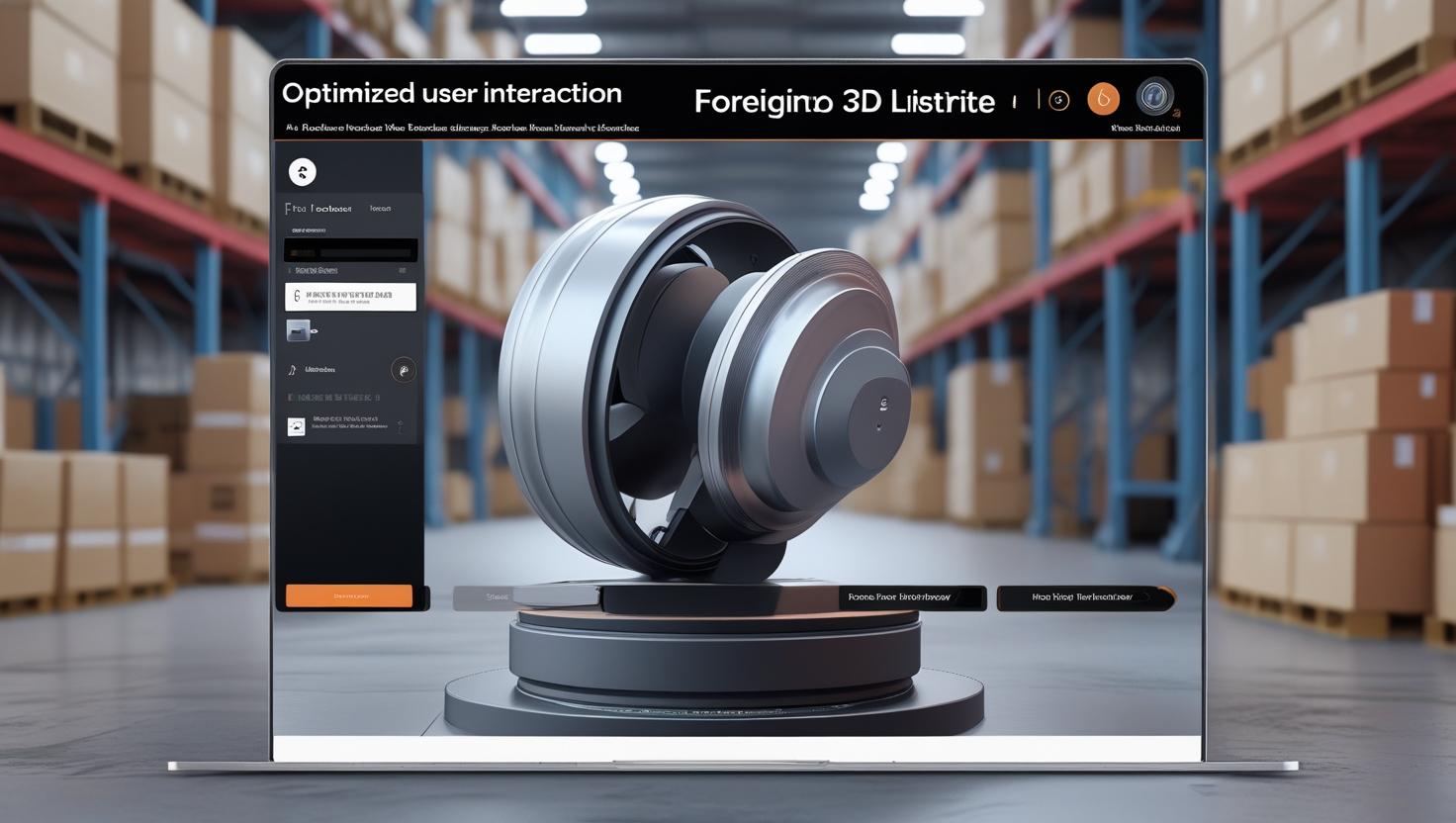On foreign trade websites, faced with a vast amount of product information and diverse customer needs, enabling users to quickly find their target products is key to improving conversion rates. Intelligent recommendation systems analyze user behavior and data to provide personalized recommendations for each visitor, thereby increasing browsing depth and the number of inquiries. According to research by the International e-Commerce Group (IMRG) , personalized recommendations can increase website conversion rates by approximately 15%-25%. This article will share the core implementation strategies of intelligent recommendation systems for foreign trade websites, helping companies enhance their website value.
1. Data collection and user behavior analysis
The foundation of intelligent recommendation systems is data. Only by fully understanding user behavior and product features can accurate recommendations be achieved.
User behavior data : including access records, browsing time, click behavior, search keywords and purchase history, etc.
Product feature data : covers product categories, price ranges, specifications, sales volume and other attributes.
Third-party data sources : Combine industry data, exhibition information, or social media feedback to enrich the recommendation model.
Based on the data analysis experience of the International Trade Center (ITC) , a complete data collection strategy can provide an accurate basis for intelligent recommendations on foreign trade websites.
2. Selection and implementation of recommendation algorithms
The recommendation algorithm is the core of the system and affects the recommendation effect and user experience. Common algorithms include:
Collaborative filtering algorithm : Based on user historical behavior, it recommends products that similar users like. It is suitable for foreign trade websites with a certain amount of traffic.
Content recommendation algorithm : suitable for recommending new products or new users based on matching product features with user interests.
Hybrid algorithm : combines collaborative filtering with content recommendation to achieve more accurate and diverse recommendations.
Nielsen Norman Group research shows that hybrid recommendation algorithms perform well in cross-border e-commerce and B2B websites, increasing user dwell time and product click-through rates.
3. Data processing and model training
Data processing and model training are key steps in achieving intelligent recommendation.
Data cleaning : Remove abnormal data, duplicate records, and invalid information to ensure the quality of model training.
Feature engineering : Convert user behavior and product attributes into features that can be processed by the model, such as user activity, purchase frequency, product category weight, etc.
Model training and optimization : Use machine learning frameworks (such as TensorFlow or PyTorch) to train the recommendation model and perform regular iterative optimization to improve prediction accuracy.
According to a report from the Internet Society (ISOC) , high-quality data and continuous iterative optimization are the core elements for improving the recommendation effect of foreign trade websites.
4. Personalized recommendation display and user experience design
The recommendation system is not only about algorithms, but also needs to focus on display methods and user experience.
Recommended position design : Provide recommendation modules on the homepage, product list page and checkout page to increase exposure opportunities.
Real-time dynamic recommendations : Adjust recommended content based on the user's latest behavior to improve relevance.
Controllability and transparency : Provide modules such as "Guess You Like" and "Recently Viewed" to allow users to understand the recommendation logic and enhance their sense of trust.
Data shows that reasonable display design can increase the recommendation click-through rate by about 20%, effectively increasing the conversion of potential customers.

5. Data feedback and system optimization
Intelligent recommendation systems require continuous monitoring and optimization to maintain their effectiveness.
Conversion rate monitoring : track the click-through rate, browsing time and order conversion rate of the recommendation module.
A/B testing : Test different recommendation strategies, module layouts, and copywriting to guide optimal user behavior.
Regular updates : We adjust recommendation algorithms based on product updates, changes in user preferences, and market trends to ensure the long-term effectiveness of the system.
Through data-driven iteration, companies can sustainably improve the effectiveness of intelligent recommendations on foreign trade websites and customer satisfaction.
Summarize
Intelligent recommendation systems are crucial tools for foreign trade websites to improve user experience and conversion rates. Through comprehensive data collection, rational algorithm selection, scientific model training, and meticulous display design, companies can provide personalized product recommendations for each visitor, increasing inquiries and business transactions.
With the Pinshop website building platform , businesses can easily integrate intelligent recommendation modules, perform data analysis, and display products across multiple platforms, enhancing the user experience and business value of their foreign trade websites. Experience the Pinshop website building platform now and let your foreign trade website's intelligent recommendations drive business growth!

Recommended article: Foreign trade website form design to improve conversion rate






